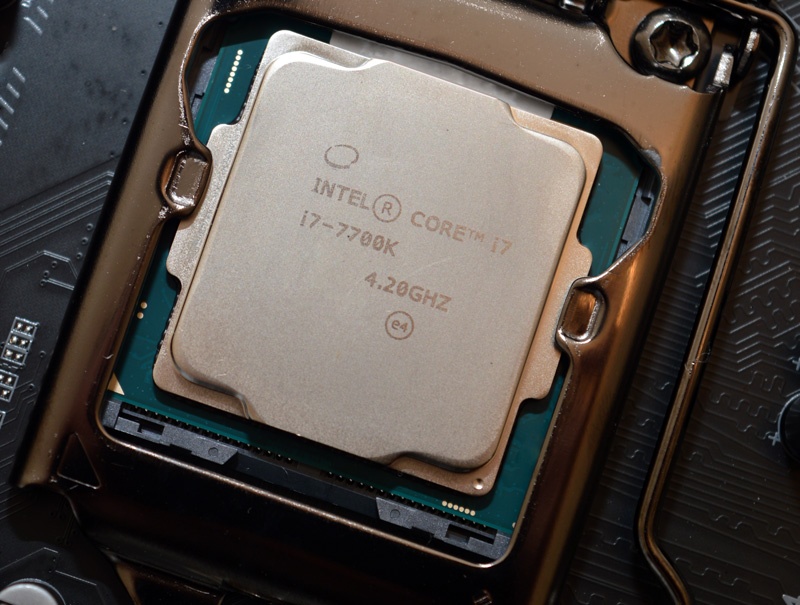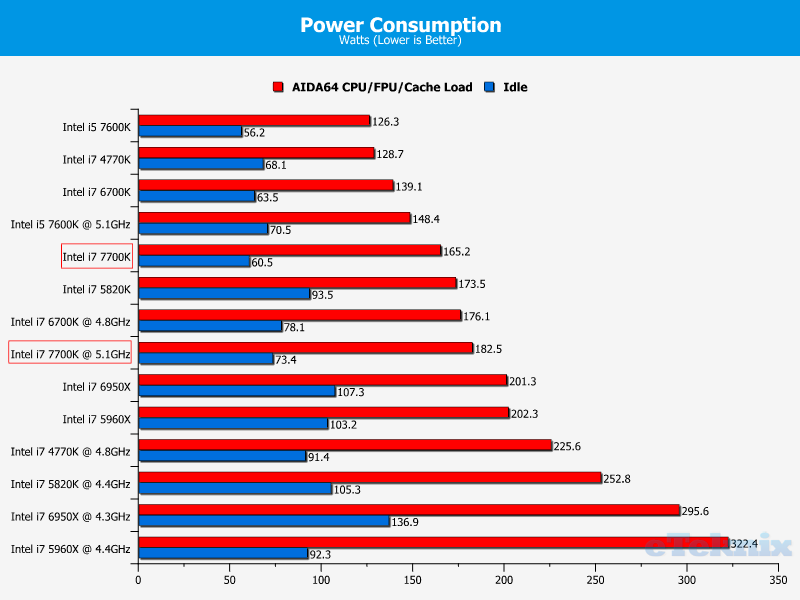Nice write up concerning RDNA3, which is naturally limited by what AMD wants to say about it right now, of course....😉 Back in 2020, when I first heard Wang discuss splitting off RDNA from CDNA architectures, I was pretty excited. It makes great sense to me. What I got from what he said was that for the gaming segment (RDNA) AMD was removing circuitry not especially tailored for gaming so that they'd have more room in each GPU to support more of the purely gaming circuitry and wouldn't have to devote space to circuitry that isn't as efficient or as robust for gaming as additional RDNA circuitry would be. Since CDNA is more targeted to compute-type processing, as opposed to game & texture acceleration, they could load up the CDNA architecture with more compute-type processing after having removed some of the non-essential gaming circuitry--whatever that may be. I thought it was brilliant and still do. There's definitely a split dynamic for the two types of GPUs presently. That's what I recall from Wang at that time, and it sounds like that's still the plan from your mention of the diverging circuitry in the article. Enjoyed it!...😉 Hard to think that we are not quite even half-way through 2022!...😉




